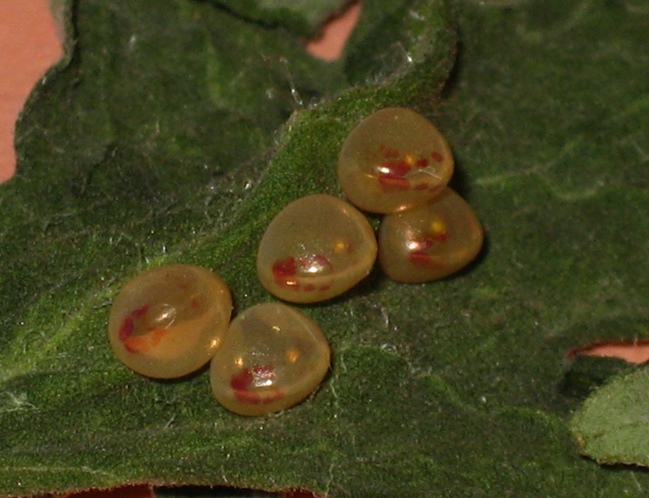Does it seem like you just can't get ahead of a particular bug or disease problem? Sometimes you just have to bite the bullet, Say UNCLE! and start over.
 |
| Boo hoo...the tomatoes are goners. |
It is hard to call it quits on plants you've spent so much time and effort taking care of - all that watering, fertilizing, spraying etc. It doesn't seem right to just give up and rip them out.
But to prevent residual disease and insect problems as well as interrupt the disease/bug cycle, sometimes you just have to bite the bullet, say UNCLE and rip out some of your plants.
In the home garden it is much easier to put off crying uncle because what you do only affects yourself. In a Community Garden what you do (or don't do) affects everyone else and their success.
There are many reasons why your plants are looking sad and pitiful - weather (too hot, too cold, too wet, too dry), lack of disease resistance in your plants, heavy insect attack, lack of fertilization, not spraying to knock back disease and bugs.
To help you decide, realistically, whether your plants have a chance if you step up and give them a bunch of TLC, ask yourself these questions:
1) How infested/diseased/damaged are my plants.
If they are over halfway gone with disease and the season is almost over, rip them out.
How many insect pests are on your plants - look for adults, larva and eggs. Tons? Do you really want to get into the game of coming out every single day and pulling them all off and looking on the backs of every single leaf every single day?
2) What is the weather going to be like for the next 2 weeks? Are you going to be able to spray and have it stick? Or will you be constantly re-spraying.
3) How long before you would most likely be ripping out that plant and working on the soil for the next season's crops?
4) Realistically, how much time do I have and how much effort do I want to expend to fight off whatever my plants problem is.
Think about the Kenny Rogers song "The Gambler"
Know when to fold 'em
Know when to walk away
And in Gardener words, when to rip them out and plant again....
You want to be Proactive instead of reactive!
Depending on what your problem was, there are some easy changes that should make your next planting more successful.
Spacing - putting fewer plants in so you have better airflow and access to all parts of the plants. This way when you spray for disease, the spray gets to all parts of the plant, not just the outside and top of your mass of plants.
 |
June 19, 2012. The tomatoes eventually took over
half the bed. Way too thick! |
Proper spacing means you can also reach all parts of the plant to check for insect pests and can reach and kill those pests.
Defending against disease and insects - treating for bugs or disease is not a one shot thing. You have to constantly watch, check and retreat with the proper spray when necessary. You need to be able to come out and check on your plants every 2 to 3 days. It is amazing how fast a problem will zoom out of control in just 3 days.
In a community garden you will have more disease and bug problems to contend with versus in a home garden. More plants, more opportunities. Therefore you have to continually "defend/protect" your plants.
Reduced airflow creates a perfect climate for disease to flourish. It also prevents fungal sprays from getting to all parts and surfaces of a the plant.
If you grow a solid block of tomatoes, beans, cucumbers, etc you can get the outer edges easily but not the middle. When you have a solid mass of plants there is no way you can see inside to check and remove bugs/eggs so again you get behind.
Increase Airflow -
Remove leaves repeatedly to increase airflow and ability to take care of plants. You don't have to denude the plant, just thin some of the leaves out from time to time.
 |
There were 5 tomatoes planted in this bed on April29, 2012.
They became a HUGE mass of diseased vegetation by the
end of July 2012. No airflow |
Make a garden plan - you don't have to stick to it but if you make a plan it does increase your chances of success. Spending 5, 10 or 15 minutes at the beginning of EACH planting season, planning out where your plants are going will actually save you hours of work in the long run.
Plant only half your bed in plants with heavy foliage so you can get to all sides. Just by reconfiguring your plantings you will increase your success greatly.
Remembering to think about each plants full, mature size makes a world of difference!
Vicki - Bed 41


































